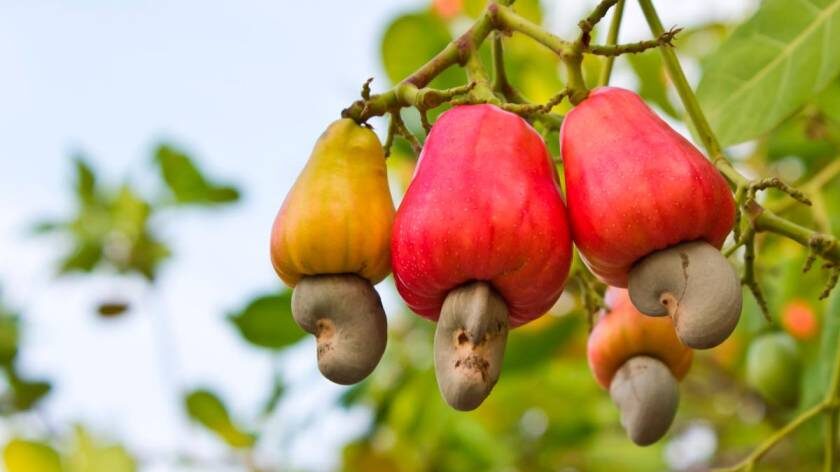Latin Name: Anacardium occidentale
Family: Anacardiaceae
Other names: Cajueiro, Acajuiba, Caju, Acajou, Maranon, Jambu
Culinary use
The commonly eaten cashew nut is the seed of the plant. It must be cooked and removed from its shell before eating due to the inner shells containing the toxic oil cardol. The nuts are commonly roasted and/or salted and enjoyed as a protein-rich snack. They are also used in deserts and savoury dishes, and processed as plant milk, cream, and cheese. The fruit of the cashew can also be eaten raw, cooked, or dried. In South America it is common to drink fresh or frozen cashew fruit juice.
Medicinal use
The fruit, leaves and bark of the cashew have been used to treat a wide variety of ailments in traditional medicine, including malaria, toothache, diarrhea, cholera and kidney problems. Cashew syrup is considered a good remedy for coughs and colds.
OTHER INFORMATION
Nutrients: Vitamin C and mineral salts
Origin: Brazil, Amazon rainforest
Regions: Lowland tropical and subtropical

